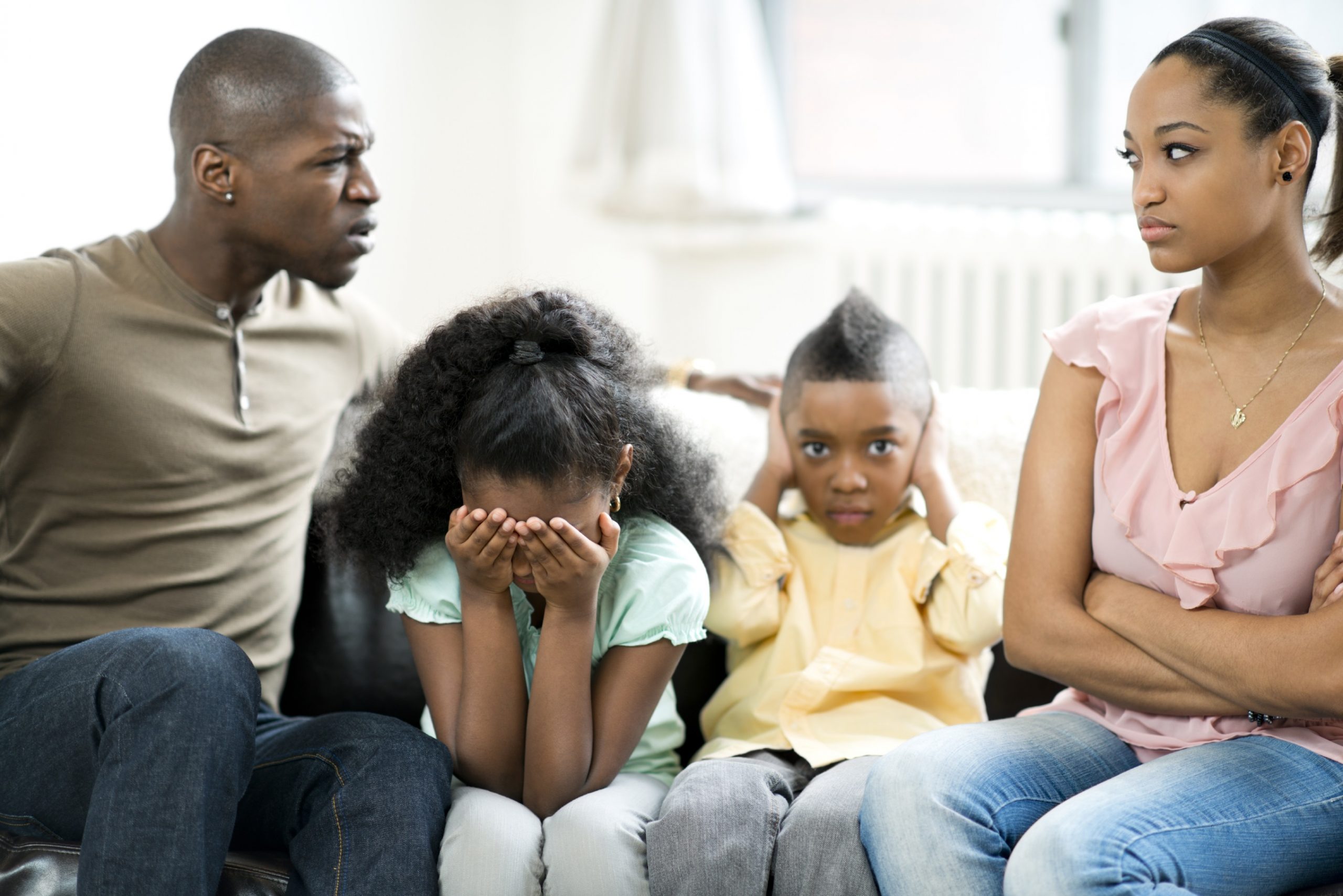Guiding Your Childs Emotional Expression: Parental Strategies
Help your child develop emotional intelligence by actively listening, validating feelings, and fostering trust for open expression. Create a safe home environment with clear boundaries and sources of comfort. Teach healthy coping skills through modeling positive behaviors and practicing relaxation techniques together. Encourage open communication by reflecting their emotions without judgment. Model positive emotional expression by managing your emotions openly and constructively. By implementing these parental strategies, you can guide your child’s emotional expression with empathy and understanding, laying the foundation for healthy emotional development.
Key Takeaways
- Model positive emotional expression through your actions.
- Encourage open dialogue and active listening without judgment.
- Teach healthy coping mechanisms like deep breathing and mindfulness.
- Create a safe, trusting environment for emotional expression.
- Validate your child’s feelings to build empathy and understanding.
Understanding Your Child’s Emotions

Understanding your child’s emotions is vital to fostering healthy emotional development. Emotional intelligence plays a significant role in child development, impacting their mental health and overall well-being. As a parent, you have the opportunity to guide your child in building empathy and understanding their own emotions.
Children go through a wide range of emotions as they grow and navigate the world around them. By actively listening and validating your child’s feelings, you help them feel understood and supported. This validation lays the foundation for empathy building, teaching your child to recognize and empathize with the emotions of others.
Encouraging open communication about feelings creates a safe space for your child to express themselves authentically. By modeling healthy emotional expression and regulation, you provide a positive example for your child to follow. This not only supports their emotional development but also strengthens your parent-child bond.
Creating a Safe Space at Home

To foster healthy emotional development in your child, establishing a nurturing and safe space at home is crucial. Start by setting boundaries that are clear and consistent, helping your child understand expectations while feeling secure.
By creating a safe environment, you foster trust, allowing your child to express their emotions openly without fear of judgment.
Comfort is key in promoting growth within your child’s emotional landscape. Guarantee that your home is a place where your child feels physically and emotionally safe.
Offer them a listening ear, a warm hug, or a quiet corner where they can retreat when needed. Providing these sources of comfort will encourage your child to explore their feelings and develop a deeper understanding of themselves.
Teaching Healthy Coping Mechanisms
Help your child develop healthy coping mechanisms by modeling effective ways to manage stress and emotions in your own life. By demonstrating positive coping skills and emotional regulation, you provide a powerful example for your child to follow.
Encourage them to engage in activities that help them relax and unwind, such as drawing, journaling, or spending time in nature. Teach them the importance of identifying their emotions and expressing them in a healthy manner, whether through talking about their feelings or engaging in physical activities like exercise.
Additionally, practice deep breathing exercises or mindfulness techniques together to show your child how to calm their mind during moments of stress. Encourage them to seek support from trusted individuals when needed and emphasize the importance of self-care.
Encouraging Open Communication

Encourage your child to openly communicate their thoughts and feelings by creating a safe and judgment-free space for them to share. Active listening is key; show genuine interest in what your child has to say, ask open-ended questions, and reflect back what they express to demonstrate understanding. By actively engaging with your child in this manner, you build trust and encourage them to continue opening up about their emotions.
Building trust is fundamental in fostering open communication. Be consistent in your responses, validate their feelings, and assure them that it’s okay to express themselves honestly. When your child feels secure in the knowledge that they won’t face criticism or ridicule for their emotions, they’re more likely to share their thoughts openly.
Modeling Positive Emotional Expression

Demonstrate healthy ways to express emotions by openly sharing your own feelings with your child. As a parent, your role modeling of positive emotional expression plays an essential part in helping your child develop effective emotional regulation skills.
By openly sharing your emotions, you show your child that it’s normal and healthy to express feelings. When you verbalize your emotions in a constructive manner, such as saying, ‘I feel frustrated when things don’t go as planned,’ you provide your child with a model for expressing emotions in a healthy way.
Your child learns how to manage their emotions by observing your responses to different situations. For instance, if you handle stress by taking deep breaths or talking about your feelings, your child will likely adopt similar coping strategies.
Keep in mind that your actions speak louder than words; thus, demonstrating positive emotional expression through your own behaviors can have a lasting impact on your child’s emotional development. By being mindful of how you express and regulate your emotions, you’re equipping your child with valuable skills that will benefit them throughout their life.
Frequently Asked Questions
How Can I Handle My Child’s Emotional Outbursts in Public?
When your child has public tantrums, it’s important to stay calm to handle embarrassment effectively. Show empathy, set clear boundaries, and offer comfort. Remember, emotional outbursts are normal for kids learning to regulate their feelings.
Should I Intervene in All of My Child’s Emotional Moments?
In all your child’s emotional moments, remember to balance parental support with setting emotional boundaries. Intervene when needed to provide guidance and comfort, helping them navigate their feelings in a healthy way.
What if My Child Has Difficulty Expressing Emotions Verbally?
If your child struggles to express emotions verbally, watch for nonverbal cues and encourage coping mechanisms like art or play therapy. These methods can help them communicate feelings in ways that feel safe and comfortable.
Are There Any Activities That Can Help My Child Regulate Emotions?
When your child needs help regulating emotions, consider mindfulness exercises and art therapy techniques. These activities can guide them in understanding and expressing their feelings in healthy ways, fostering emotional intelligence and self-awareness.
How Do I Navigate Cultural Differences in Emotional Expression With My Child?
Understanding cultural differences in emotional expression with your child involves fostering cultural sensitivity, promoting emotional regulation, and improving cross-cultural communication. By acknowledging and respecting diverse emotional norms, you can support your child’s healthy emotional development.
Conclusion
As a parent, you play a vital role in guiding your child’s emotional expression. By understanding their emotions, creating a safe space, teaching healthy coping mechanisms, encouraging open communication, and modeling positive emotional expression, you’re helping them develop essential skills for emotional regulation and resilience.
Your efforts won’t only benefit your child now, but also set a strong foundation for their future emotional well-being. Keep up the great work, and remember to show love and support every step of the way.

Chad Adan Kace, a young dad from Vermont, shares his parenting journey with a touch of humor and lots of love. Father to a lively baby, he explores the joys and challenges of fatherhood through his stories.







